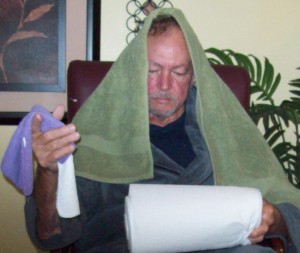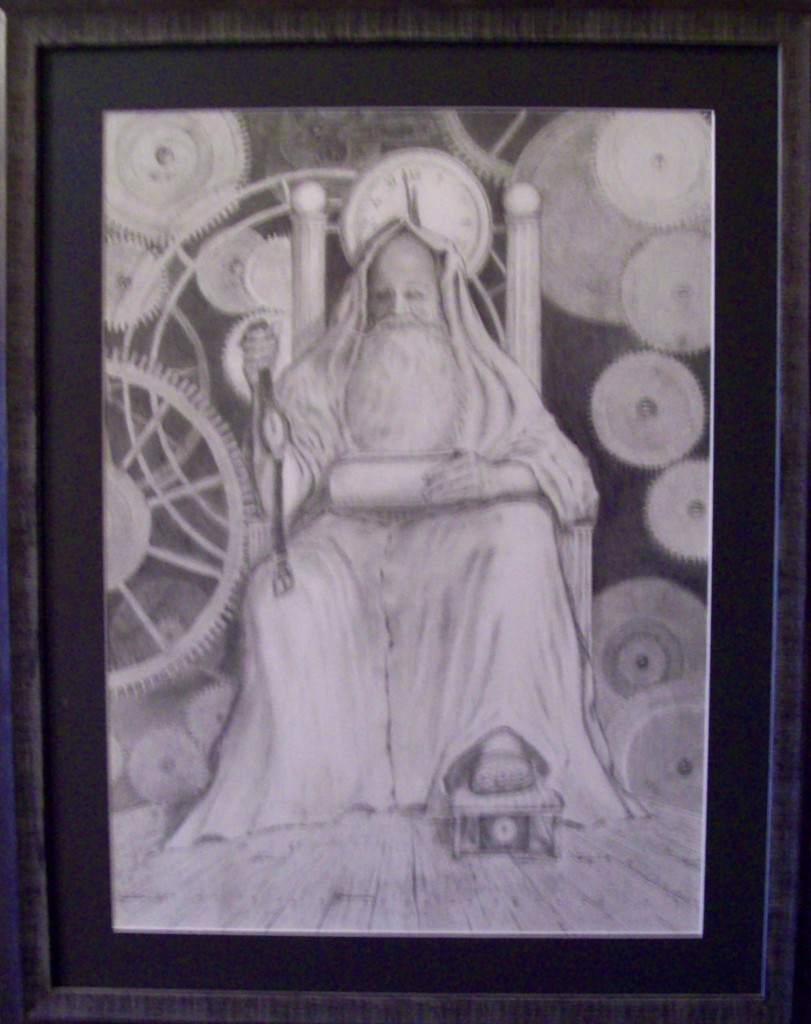 The camera is a useful tool in the hands of a competent artist. They are a great advantage for allowing an artist to try dozens of compositions of a subject from which he can finally choose the best, or combine the good features of several.
The camera is a useful tool in the hands of a competent artist. They are a great advantage for allowing an artist to try dozens of compositions of a subject from which he can finally choose the best, or combine the good features of several.
Photographic shots can be taken from unusual angles–downshots from above, or shots from near the floor and upward. Artists would find it very difficult to work in these awkward position while trying to sketch or paint.
It is also an excellent tool to create reference material when posing people are involved in the painting. It is a satisfactory way to record poses which a model couldn’t hold long enough to permit the completion of the work; as well, it allows the painting to go on in the studio when the model is not present.
Although photographs are useful for reference, remember, you’re the artist. A photograph is just that–reference. I highly recommend you turn your photos into black and white images by desaturating the color. It will keep you from being influenced by photographic color.
Also, remember the camera produces an image in which only one plane of distance is in focus at a time. If you are sketching or plein-air painting what you are photographing at the same time, then you will see what I mean. Your camera will miss some of the much needed things in the picture because the photo-sensor is unable to pick up relative extremes of bright and dim light.

Many of my paintings that has a prominent male figure in them will be me modeling for the picture. In this instance, although I intentionally did not try to make the image of Father Time to look like me, I did need the body language correct.
I often mention in my blogs that you, the artist, can very well be the best model for your works. Below is the graphite drawing of “Grinding Gears of Time.”
Clicking on the drawing will take you to Art Center Information’s Golden Member, Lynn Burton’s internet Gallery. When you reach the site, type his name in the search site.

